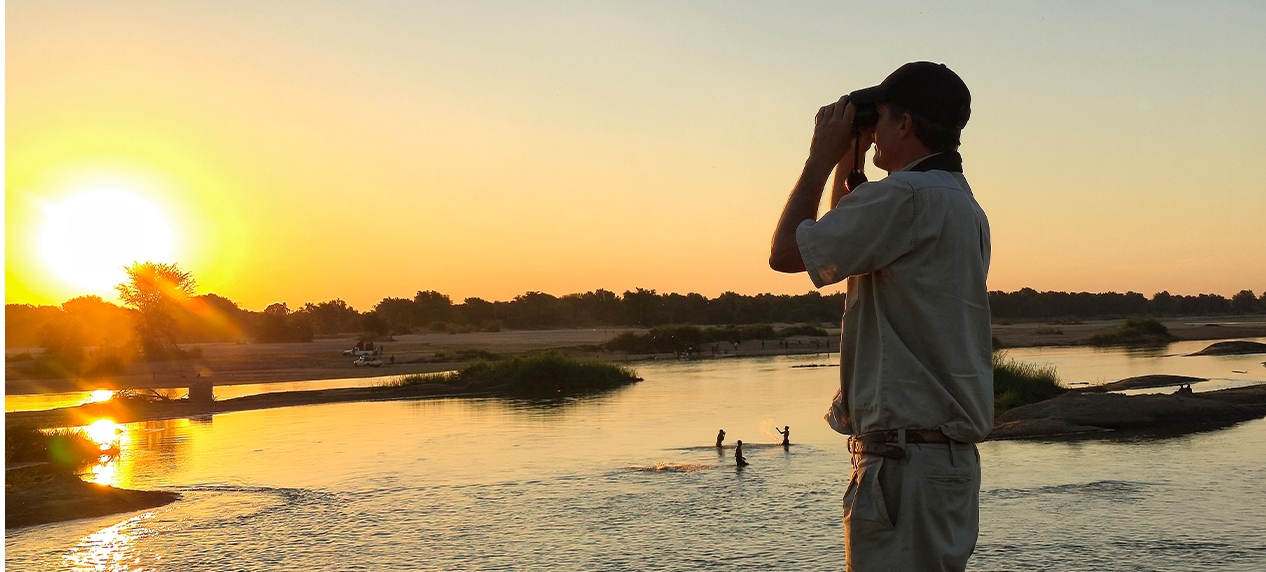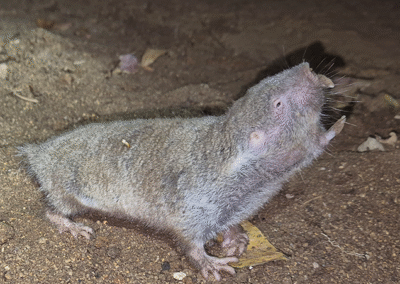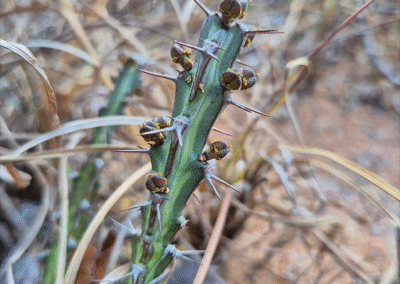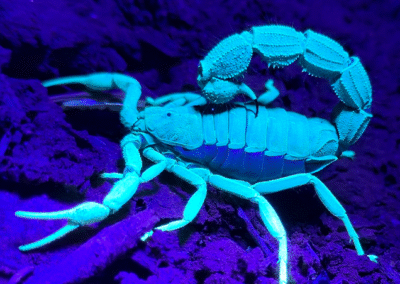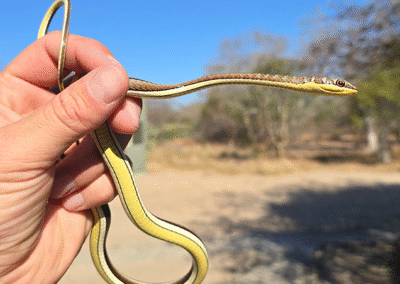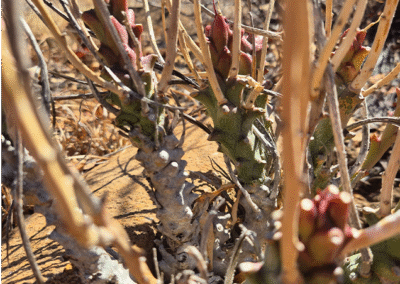BioBlitz Mozambique National Parks: Baseline Biodiversity Data
By Dr Darren Pietersen, EWT Biodiversity Survey Project Manager
When you think of Mozambique, most people immediately think of the beautiful coastal resorts, the exotic foods, and the crystal-clear waters along the coastline.
However, Mozambique has another facet which much fewer people explore—the expansive hinterland. Boasting three inland national parks south of the Save River (and several more north of this river), southern Mozambique really does offer something for every traveller.
As with much of Mozambique, biodiversity data, which is detail on what species occur where, is largely lacking for these three inland national parks—Limpopo, Banhine and the Zinave National Parks. These parks are co-managed by the Peace Parks Foundation (PPF) in partnership Administração Nacional das Áreas de Conservação (ANAC – Mozambique’s National Administration for Conservation Areas).
While the occurrence and numbers of large mammals are well known, and to some extent information about bird distributions, data about the dispersal of reptiles, amphibians, fishes and insects are much less clear.
The Endangered Wildlife Trust (EWT) in collaboration with the PPF recently got an opportunity to start filling these knowledge gaps by undertaking BioBlitzes in and around these national parks. This BioBlitz falls under the Global Affairs Canada funded Restoring African Rangelands Project, implemented by Conservation International and its local affiliate, Conservation South Africa. These surveys are also being undertaken in collaboration with ANAC and the Maputo Natural History Museum.
So what is a BioBlitz? In short, a BioBlitz is a rapid biodiversity survey undertaken by a team of scientists and/or members of the public, and often involve an educational or outreach component.
BioBlitzes aim to document as much of the biodiversity (species) present in a particular area within a relatively short space of time. They are not meant to provide an exhaustive list of species occurring in an area as that would take years of continuous surveys to achieve. Rather, they provide a snapshot of the biodiversity that is present, and provide baseline data. It is generally assumed that most of the common species will be detected during a BioBlitz, and with a bit of luck at least some of the rarer and/or inconspicuous species will also be recorded.
The EWT,-PPF,-ANAC BioBlitzes are multi-taxon biodiversity surveys, meaning that we aim to document as many species at each site across nearly all of the major taxonomic groups; birds, mammals, reptiles, amphibians, plants, fishes and insects. To this end we are using both in-house expertise and external consultants to ensure that we can accurately document as much of the biodiversity that we find as possible.
During August 2025, two EWT team members undertook an initial 12-day trip through all three national parks to plan the BioBlitzes planned for September and December 2025. During this trip the team documented 1,485 occurrences of 419 species. Birds dominated the records (994 records of 211 species), although data were recorded for all the main taxonomic groups, including fungi. The team also documented the first occurrence of the Brandberg Euphorbia (Euphorbia monteiroi) in Mozambique. Also found was a population of Striped Green Spurge (Euphorbia knuthii) which indicates a range extension and partially fills the gap between the two currently known and presumed isolated populations, suggesting that this apparent isolation may be the result of incomplete survey effort rather than true isolation. Of the roughly 200 invertebrate species recorded, two are potentially undescribed: a scuttle fly (Phoridae: Aenigmatistes sp.) and a longhorn beetle in the subfamily Cerambycinae. Other highlights included seeing a raft of more than 300 Great White Pelicans (Pelecanus onocrotalus) and a juvenile Greater Flamingo (Phoenicopterus roseus) in Banhine National Park, and another juvenile Greater Flamingo in Zinave National Park. The team also managed to capture a Mashona Mole-rat (Fukomys darlingi) in Zinave National Park, a species that is not often seen.
The EWT and PPF are planning four BioBlitz expeditions targeting nine sites across the three national parks until December and, if the initial results are anything to go by, there are likely to be several interesting discoveries in store for the team during these upcoming probes.
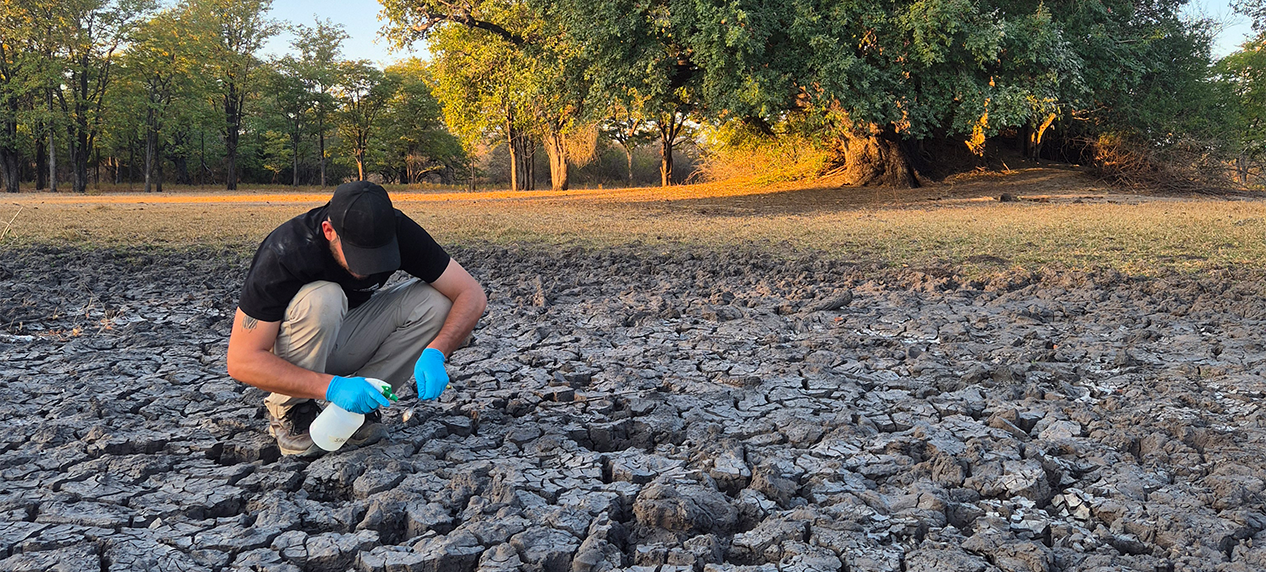
Soil Sampling in Banhine National Park

